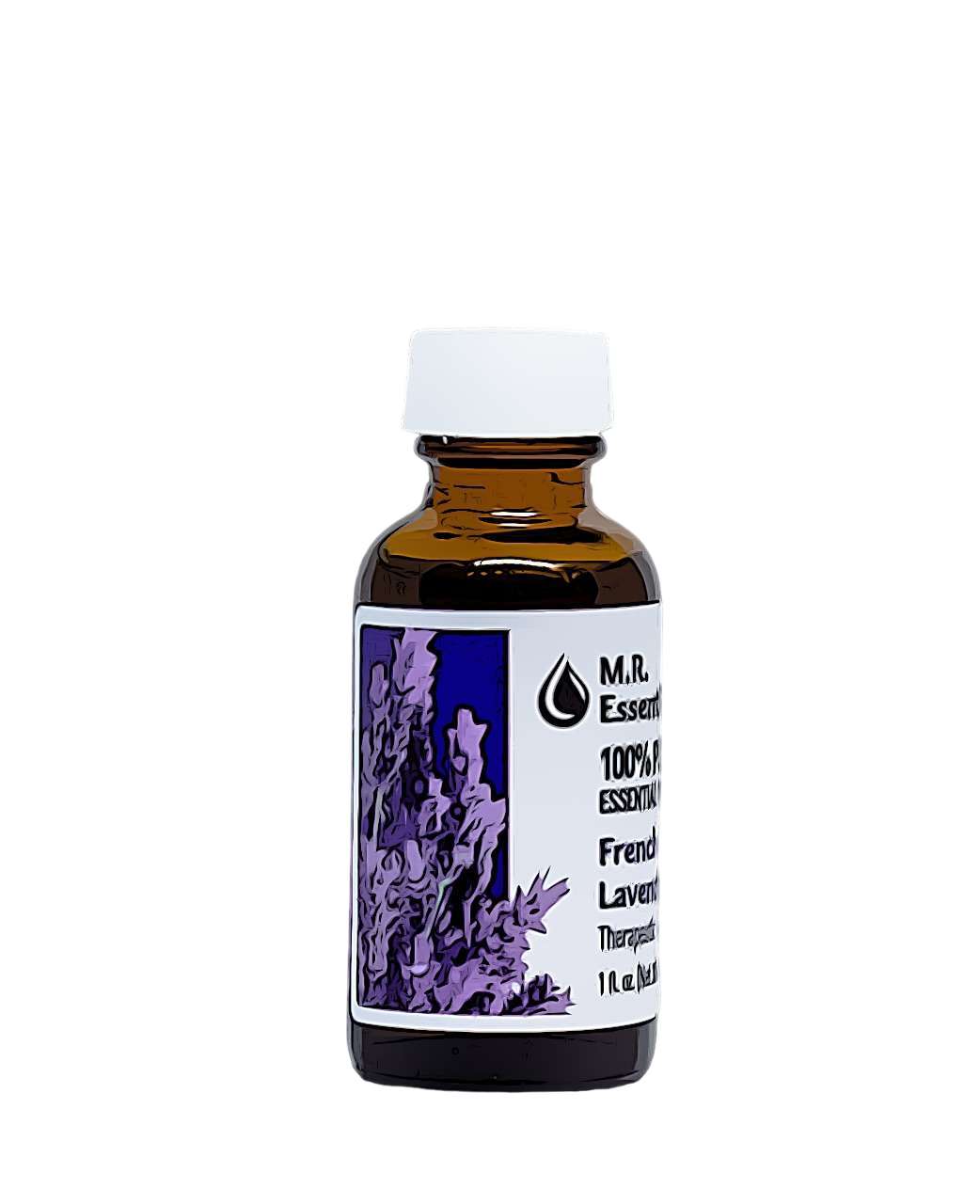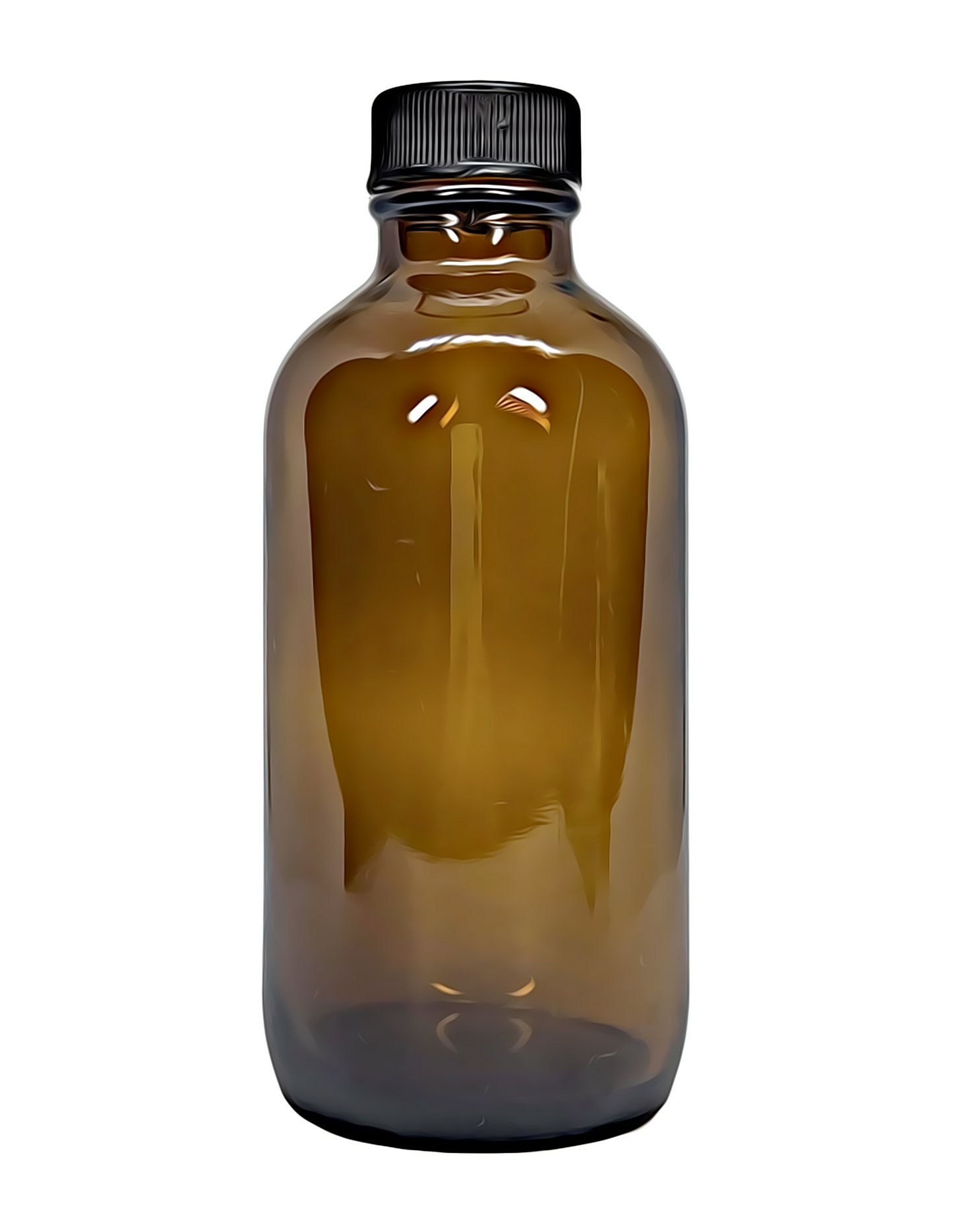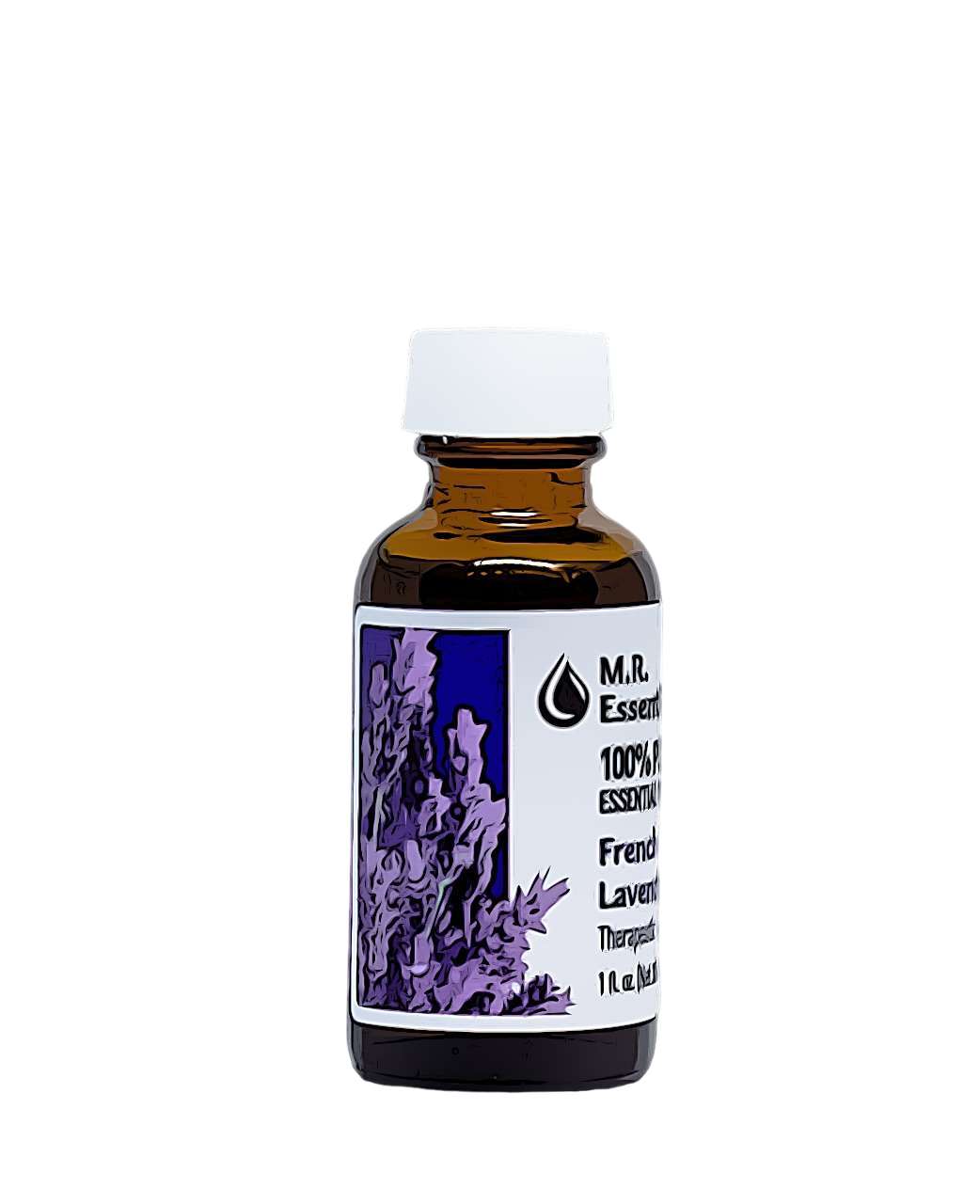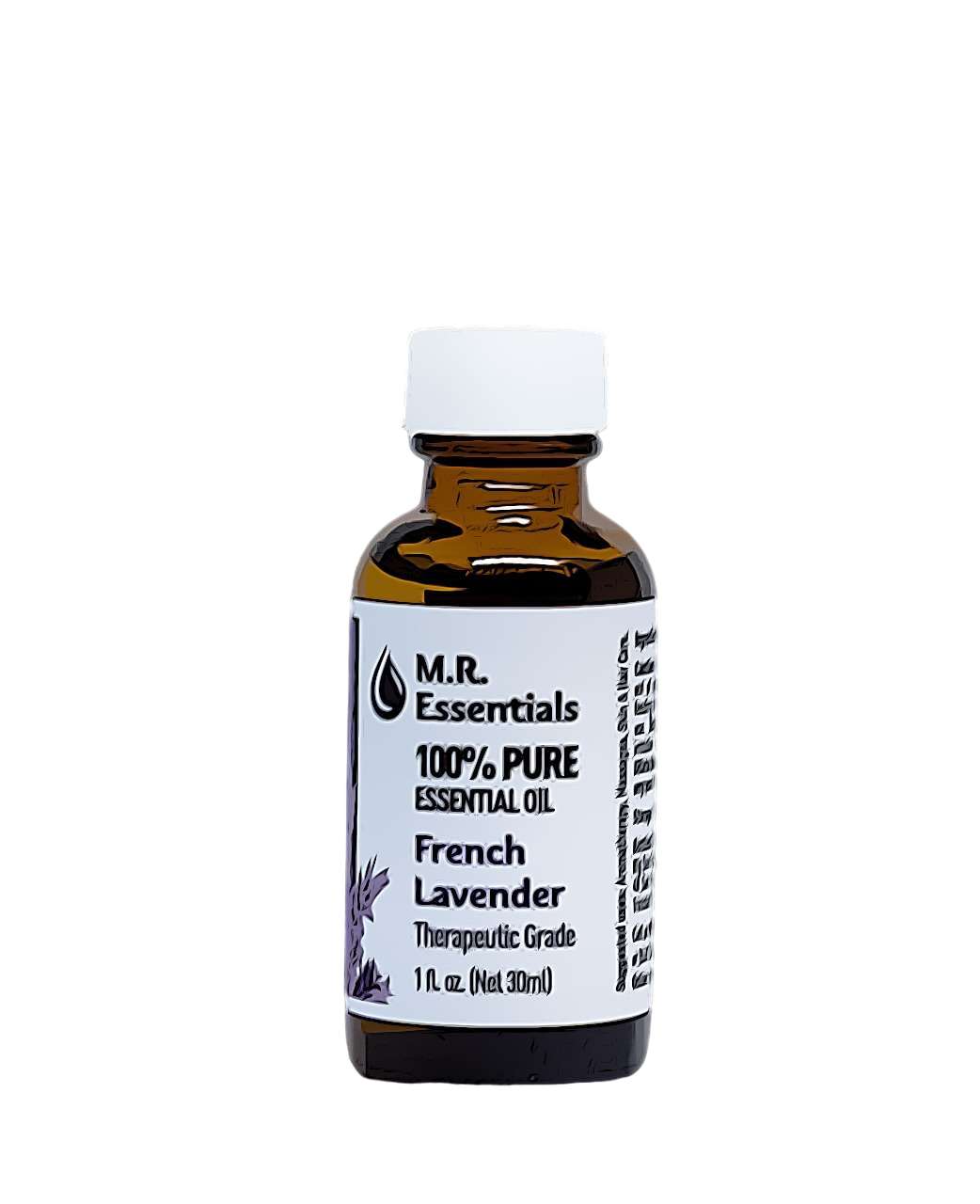MR Essentials
French Lavender Essential Oil (Lavandula stoechas)
French Lavender Essential Oil (Lavandula stoechas)
Couldn't load pickup availability
*The statements below have not been evaluated by the Food and Drug Administration. This product is not intended to diagnose, treat, cure, or prevent any disease.
Share
Product Details
Product Details
Method of Extraction: Steam Distillation.
Plant Part Used: Leaves and Flowers/Buds
Color: Clear with a Tinge of Yellow
Consistency: Thin
Aromatic Description
Aromatic Description
Perfumery Note: Top/Middle
Strength of Initial Aroma: Medium
Aromatic Description: Floral, fresh, sweet, herbaceous and sometimes slightly fruity. It can be slightly camphorous.
Suggested Uses
Suggested Uses
• Cognitive support + brain health.
• Acne.
• Allergies.
• Anxiety.
• Asthma.
• Athlete's Foot.
• Bruises.
• Burns.
• Chicken Pox.
• Colic.
• Cuts.
• Cystitis.
• Depression.
• Dermatitis.
• Dysmenorrhea.
• Earache.
• Flatulence.
• Headache.
• Hypertension.
• Insect Bites.
• Insect Repellent.
• Itching.
• Labor Pains.
• Migraine.
• Oily Skin.
• Rheumatism.
• Scabies.
• Scars.
• Sores.
• Sprains.
• Strains.
• Stress.
• Stretch Marks.
• Vertigo.
• Whooping Cough.
Source: Dorene Petersen, Presentation: Clinical Use of Aromatherapy for Brain Health: 7 Essential Oils. August 9, 2017, New Brunswick, NJ. Alliance of International Aromatherapists 2017 Conference. AIA 2017 Conference Proceedings page 221-222.
Source: Julia Lawless ;The Encyclopedia of Essential Oils (Updated Edition) (London: Harper Thorsons, 2014), 121-122.
Dilution Guideline
Dilution Guideline
Adults: Usually, a 2-3% dilution is suitable, about 12-18 drops of essential oil per ounce of carrier oil.
Children (5-10), Frail Elderly, Sensitive Skin: A lower dilution of 1% or less (6 drops per ounce).
Facial or Sensitive Areas: Use a 0.5-1% dilution (3-6 drops per ounce).
Acute or Short-Term Use: For resolving a specific issue, a marginally higher dilution can be used for a period of 2-3 weeks as necessary.
Major Constituents
Major Constituents
Linalyl Acetate. Linalool. (Z)-B-Ocimene. Lavandulyl acetate. Terpinene-4-ol. B-Caryophyllene. (E)-B-Farnesene. (E)-B-Ocimene. 3-Octanyl Acetate.
Source: E. Schmidt, The Characteristics of Lavender Oils from Eastern Europe. (Perfumer; Flavorist 28, 2003), 48-60. Source cited in Robert Tisserand and Rodney Young, Essential Oil Safety (Second Edition. United Kingdom: Churchill Livingstone Elsevier, 2014), 326.
Safety Information
Safety Information
Tisserand and Young do not indicate any special precautions when using Lavender Essential Oil.
Reading Tisserand and Young's full profile is recommended. [Robert Tisserand and Rodney Young, Essential Oil Safety (Second Edition. United Kingdom: Churchill Livingstone Elsevier, 2014), 325-328.]






